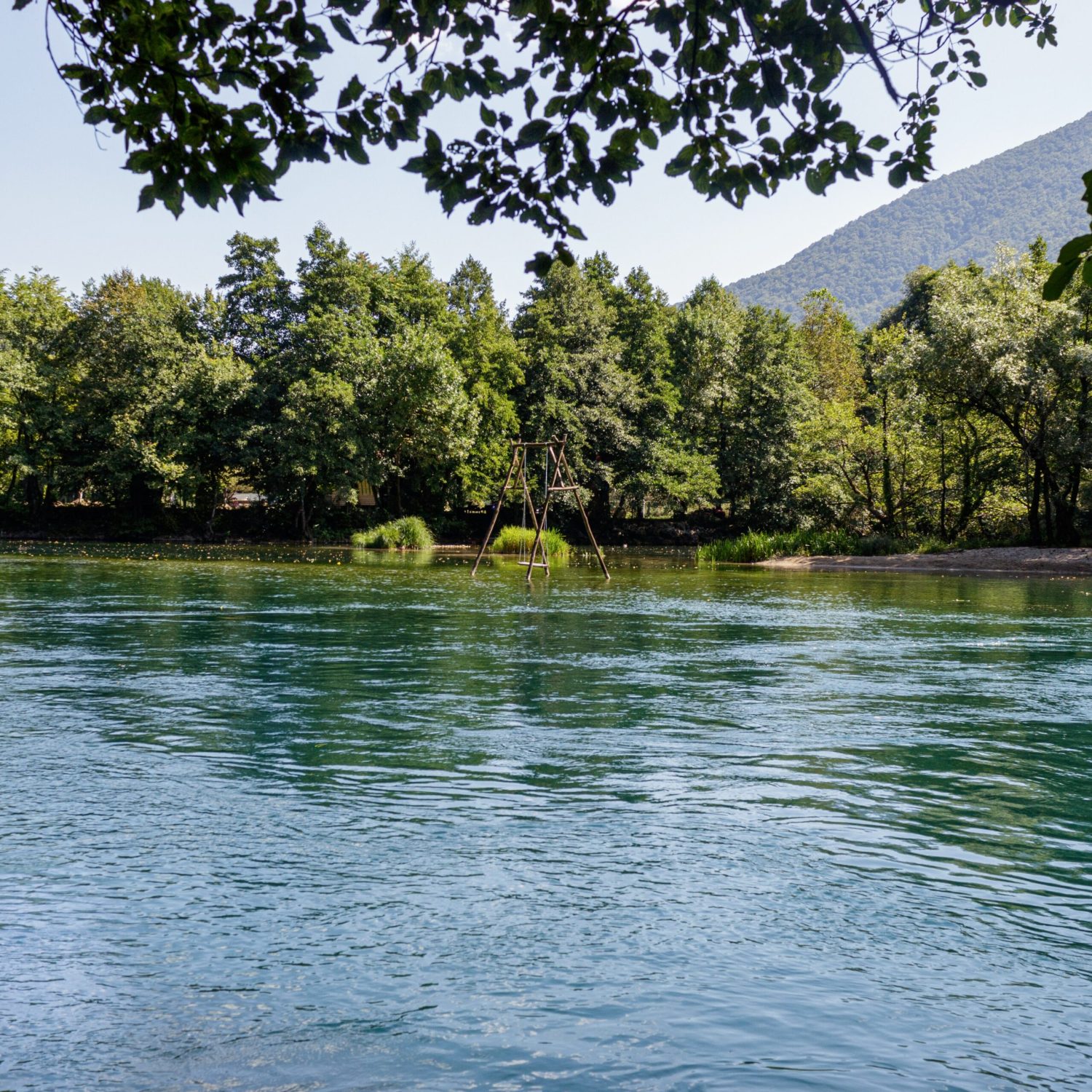ABOUT BiH
The heart of the Balkans and a crossroads of civilizations
Bosnia and Herzegovina is a heart-shaped country located in the heart of Southeast Europe. Here, Eastern and Western civilizations have always met—sometimes clashing, but also creating a long and fascinating history.
Bosnia and Herzegovina is a long name for a relatively small country. The northern and central parts are known as Bosnia, while the southern region was historically called Hum, later renamed Herzegovina in the 19th century. Geographically and culturally, Bosnia and Herzegovina is a stunningly beautiful country with a rich variety of natural landscapes, cultures, and traditions. Despite the horrors of the recent war, it has remained a multicultural and multi-religious society.
Multiculturalism is—simply put—its destiny. Throughout its turbulent history, Bosnia and Herzegovina has become home to numerous religious communities (Islamic, Orthodox, Catholic...), and these forms of division have contributed to the creation of modern Bosnian-Herzegovinian religious and national identities, as well as other multiple layers of identity. The Bosnian-Herzegovinian experience is truly one of multiple identities—or alterities—though this is not always fully acknowledged or embraced.
The so-called curse of "small differences," on one hand, and the "syndrome of sameness," on the other, continue to prevent Bosnia and Herzegovina from recognizing its diversity as a strength and from taking pride in this unique quality.

A land of linguistic closeness and natural wealth
Languages of BiH
In Bosnia and Herzegovina, Bosnian, Serbian, and Croatian are spoken. Although they have different names, the languages are very similar, so translators are not needed – people understand each other without difficulty.
River Rafting
The Una, Vrbas, Drina, and Neretva rivers are well known for rafting. Each year, they attract numerous adventure-seeking tourists and also hold significant hydroenergetic and ecological potential.
Natural Resources
Bosnia and Herzegovina is rich in natural resources such as salt, gypsum, iron, and bauxite. These resources offer strong potential for industrial development, while also supporting the preservation of natural balance and sustainable energy.
Thermal Spas
Well-known thermal springs are located in Ilidža, Kiseljak, Tešanj, Laktaši, and Višegrad. These destinations offer health and relaxation, and are increasingly attracting visitors through health tourism.
You won't find the culture of Bosnia and Herzegovina only in museums – it lives in everyday life: in the wooden carvings of traditional furniture and the embroidery on highland folk costumes. The contemporary cultural scene is shaped by wartime experiences but also by openness to the world. In literature, music, and visual arts, one can sense a deep desire for renewal and self-expression. The capital, Sarajevo, has become the heart of regional culture – hosting prestigious festivals such as the Sarajevo Film Festival, MESS, and Jazz Fest. Art in Bosnia and Herzegovina does not hide behind curtains; it pulses through the streets, galleries, and stages, in a constant dialogue with the past and the present.
Bosnia and Herzegovina takes great pride in its hospitality. A guest is welcomed like a member of the family – sincerely and warmly. Locals are always willing to help: they’ll leave their work to show you the way, often invite you for coffee, and if you happen to visit their home, you’ll experience royal treatment. Guests are given attention, warmth, and respect – without expecting anything in return. This feeling of welcome, of genuine human warmth, is something that leaves a lasting impression on many visitors. Bosnian-Herzegovinian hospitality isn’t learned – it’s a way of life, deeply rooted in the culture of the people.
